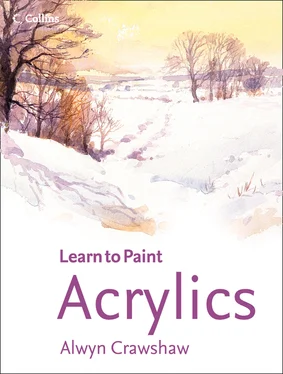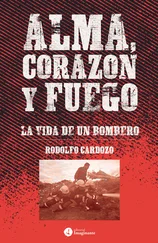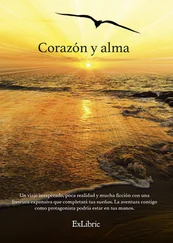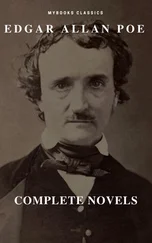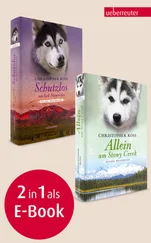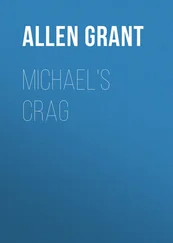Now, three minutes to paint a picture is ridiculous but, because acrylic colours dry so quickly, a certain speed is possible. As one stage of the painting is done, you can overpaint almost immediately without picking up the paint from underneath and consequently you can keep working while the inspiration is there.
If circumstances permit, you can start a painting in the morning and finish it in the afternoon, as each stage will be dry enough for you to follow on with the next. If you like to put detail in a picture, this can be done as and when you feel it necessary because the paint will dry quickly enough to allow you to work on top of the previous layer.
This direct way of painting is one of the reasons why acrylic painting suits me. Another very useful factor is that no smell is given off when using acrylics, unlike oils.
Naturally, as with all painting, there are techniques to be learned and certain disciplines to be acquired before you can master the medium. As the reader of this book, you have taken your first big step. If you are a beginner, curious about painting and wanting to find out more about it, you have selected acrylics as the medium with which to start. If you already paint and are reading this book to learn about the medium of acrylic colour then, whatever other medium you paint in, do start with the basic exercises. Remember, a new medium requires different techniques.
I will take you through this book stage by stage, working very simply to start with and progressing to a more mature form of painting. If you have some acrylic colours, your desire to try them out will most probably have been stimulated by looking through the book and seeing the variety of images and different methods of working. However, I strongly recommend that you relax and read on before you actually pick up a brush. More haste – less speed!
If you find some exercises difficult to master, go a stage further and then come back. Seeing a problem with a fresh eye will make it easier to solve. Good luck!
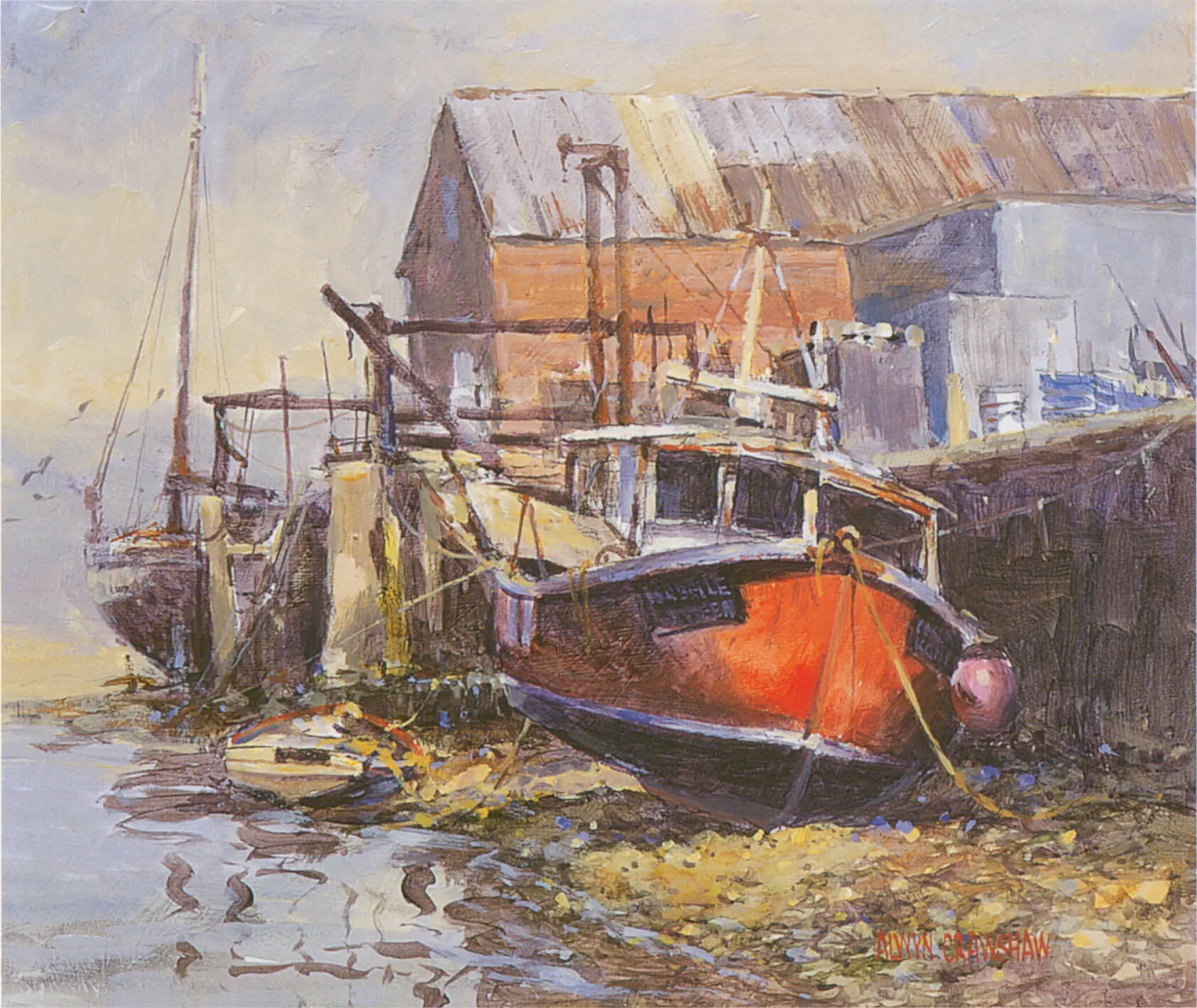
The Red Boat, Norfolk primed hardboard 25 × 28 cm (10 × 12 in) I couldn’t resist this red boat and all the quayside structures, which I spotted when painting the Norfolk Fishing Harbour scene here. You can just see the red boat at the extreme left of that painting.
What are Acrylic Colours?
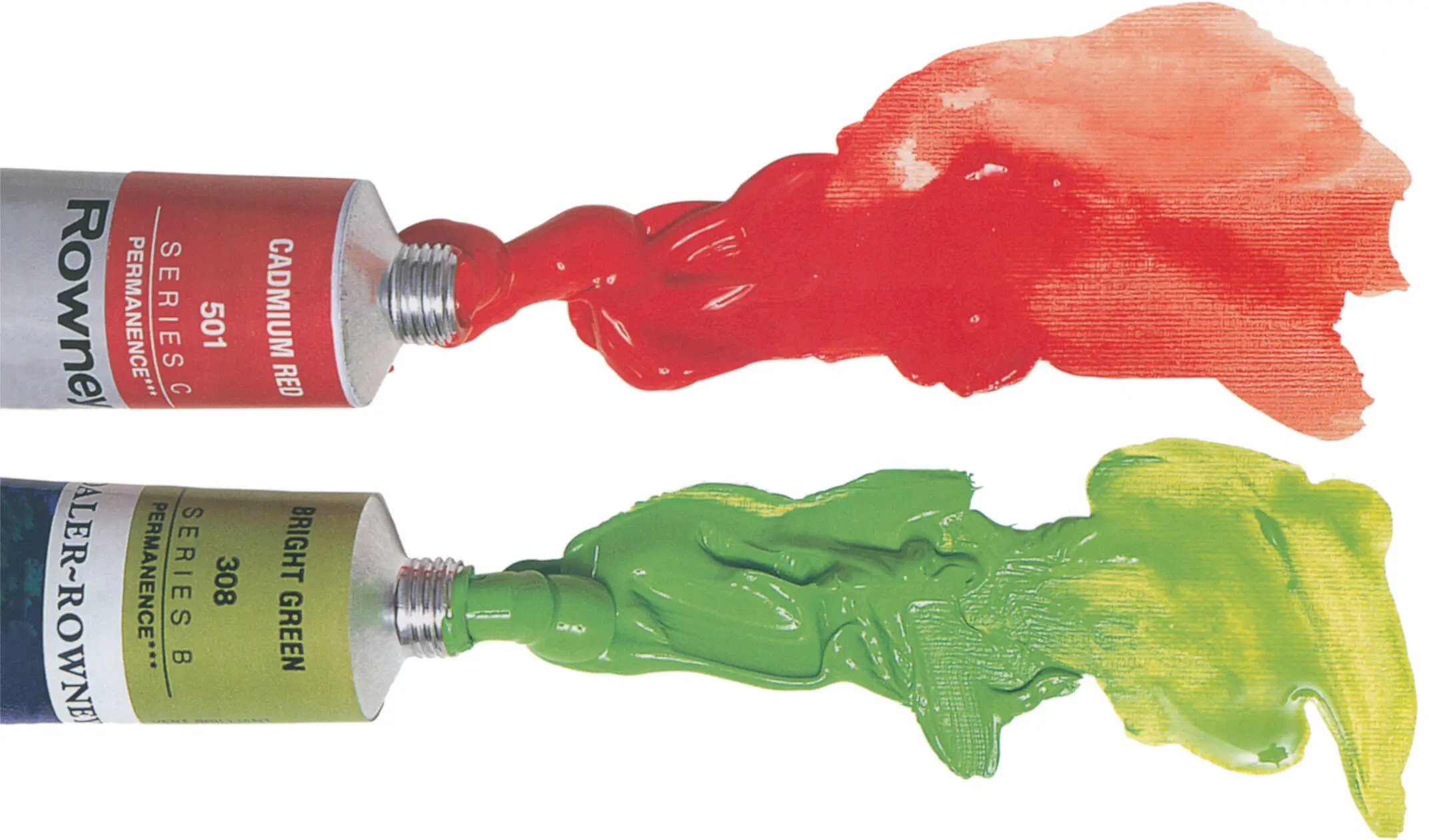
The paint in the red tube is Cryla Flow Colour. The paint in the green tube is Cryla Colour.
Acrylic colours first arrived on the market in this country in 1963. Daler-Rowney produce two ranges of acrylic colour which I use, Cryla Colour and Cryla Flow Colour.
Cryla Colour is very thick, has a buttery texture similar to oil colour and comes in a small tube. Because of its consistency it is used mainly for palette knife work. As with oils, an acrylic painting can be built up to achieve a tremendous amount of relief work (impasto). The immediate advantage of acrylics over oil colours used in this way is that oils take months to dry but acrylics take only hours, even when put on really thickly.
I prefer to use brushes with this medium. This is where the other type of acrylic colour, Cryla Flow Colour, comes in, as it is better to use with a brush. Unless stated, I have used Cryla Flow Colour for all the exercises in this book. This type of acrylic colour comes in a longer tube. You can add Gel Retarder to slow down the drying time and use Texture Paste for building up heavy impasto. There are also high-quality nylon brushes on the market, which I use all the time and find best for all my acrylic painting, apart from small detail work.
A Stay-Wet Palette keeps the paint wet on the palette almost indefinitely, saving a lot of paint from being wasted by the paint drying too soon. I strongly recommend the use of this.
A choice of techniques
One very unique and exciting property of working with acrylic colour is that you can paint in an ‘oil’ painting technique or in a ‘watercolour’ painting technique, or use both techniques in the same picture – see my two paintings (below) . These two different ways of working are described later in the book.
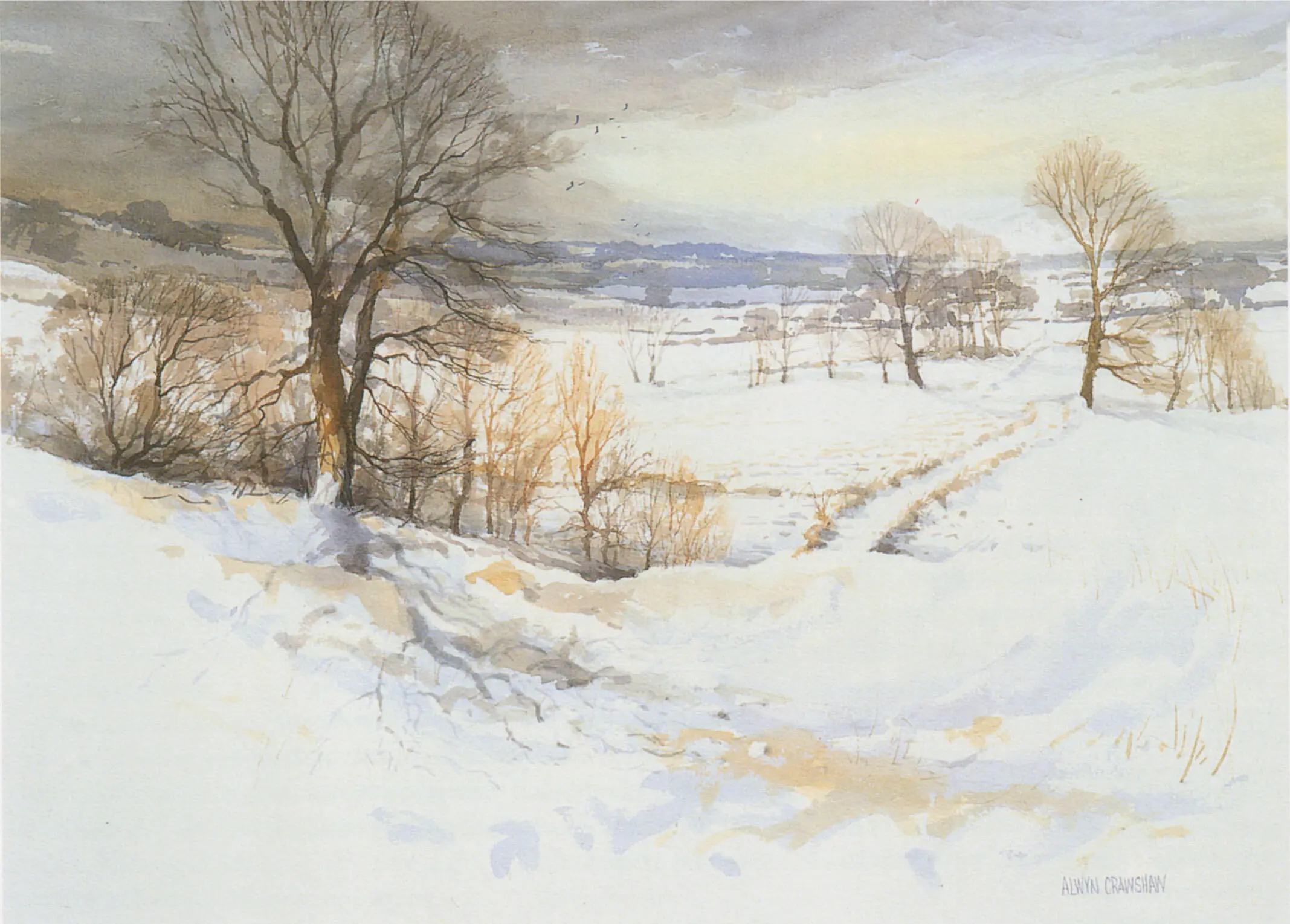
The Snow Drift acrylic watercolour technique on Waterford watercolour paper 300 lb Rough 50 × 75 cm (20 × 30 in) I worked this painting without using any white paint – just as I would a watercolour. The dark sky helps to make the snow (unpainted white paper) look even whiter.

Yachts and Wind, Potter Heigham acrylic oil technique on primed hardboard 25 × 28 cm (10 × 12 in) Notice how much movement there is in this painting. The clouds, the yacht sails and the water all help to give the illusion of a busy, blustery, sunny day. I painted it with my normal oil technique.
Конец ознакомительного фрагмента.
Текст предоставлен ООО «ЛитРес».
Прочитайте эту книгу целиком, купив полную легальную версию на ЛитРес.
Безопасно оплатить книгу можно банковской картой Visa, MasterCard, Maestro, со счета мобильного телефона, с платежного терминала, в салоне МТС или Связной, через PayPal, WebMoney, Яндекс.Деньги, QIWI Кошелек, бонусными картами или другим удобным Вам способом.
